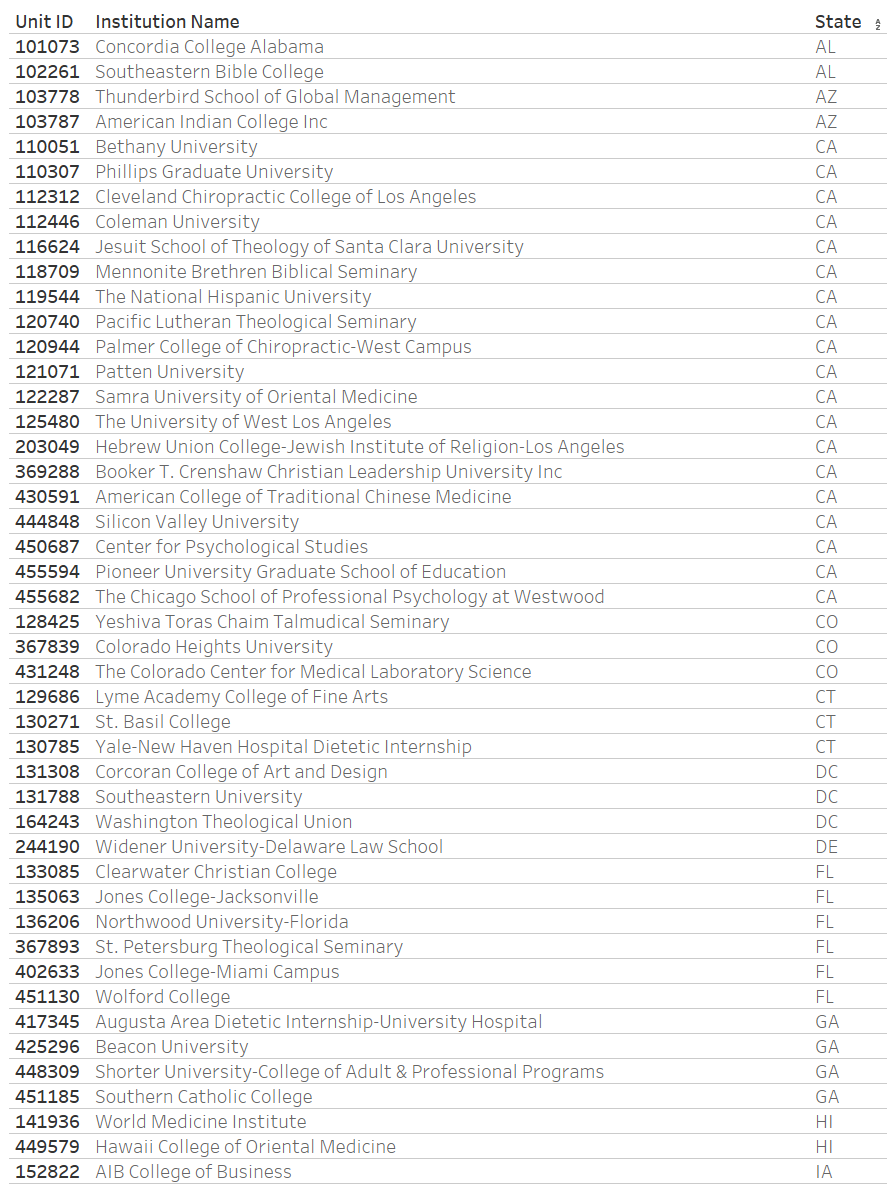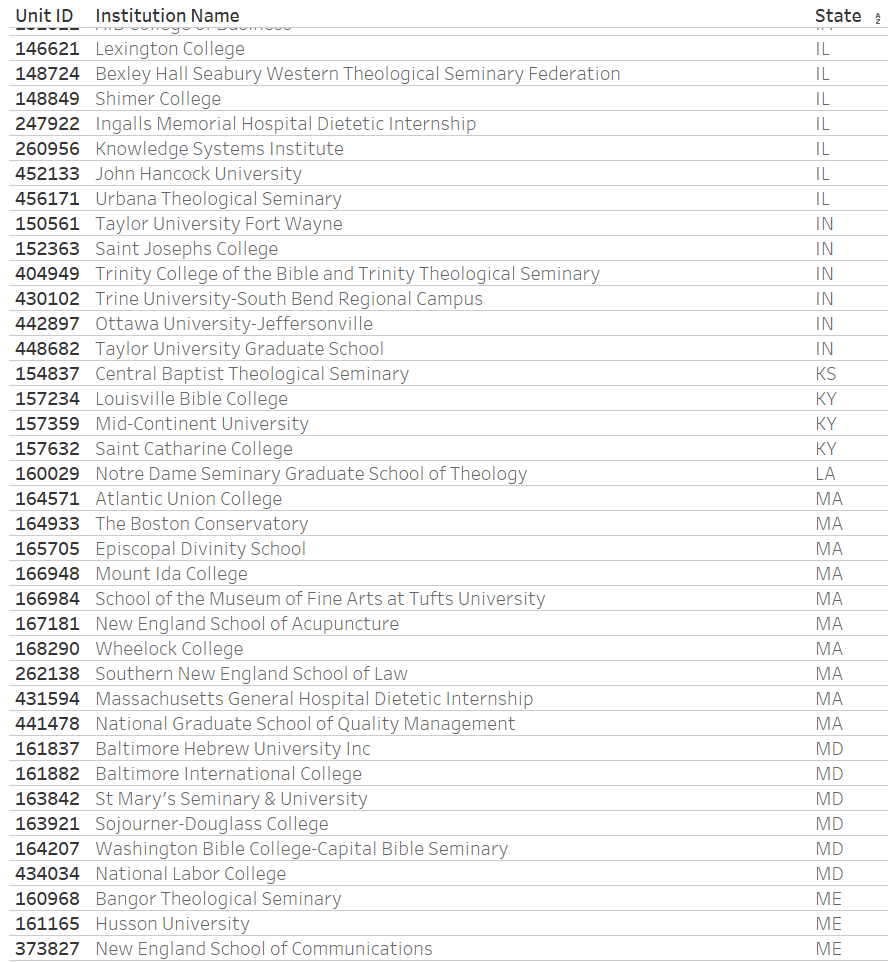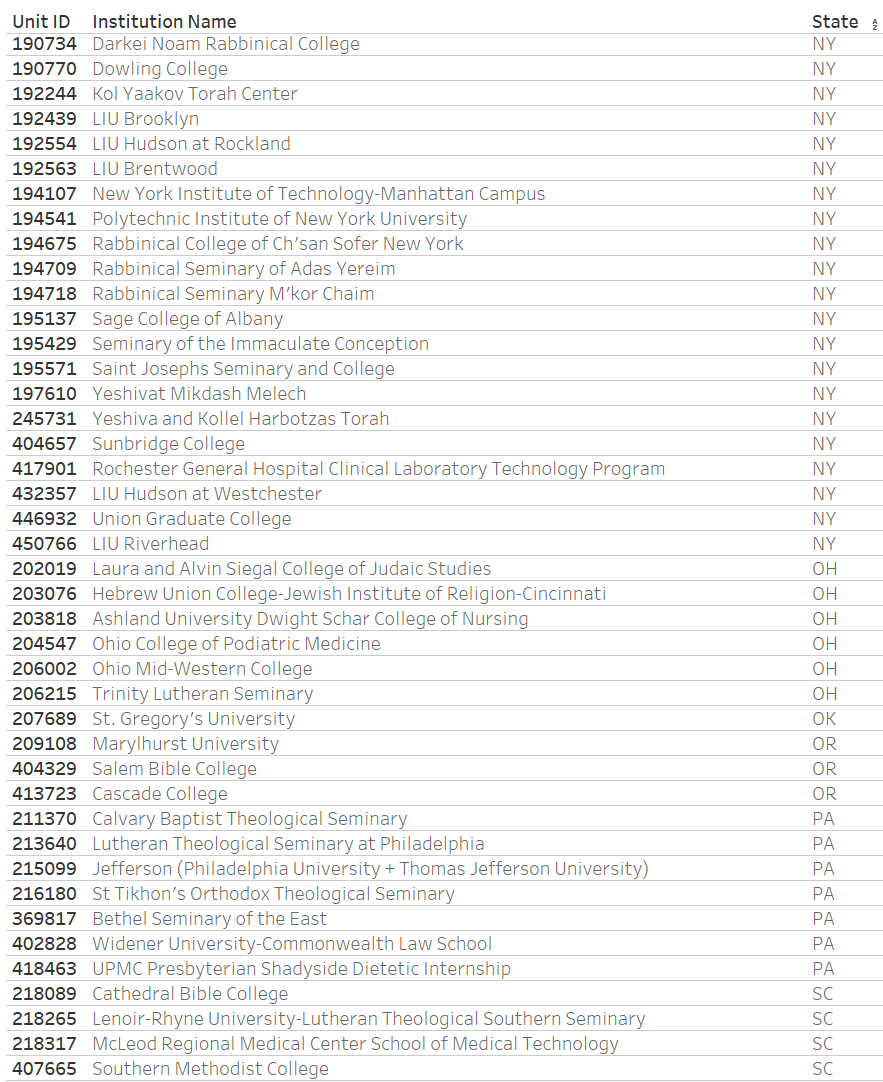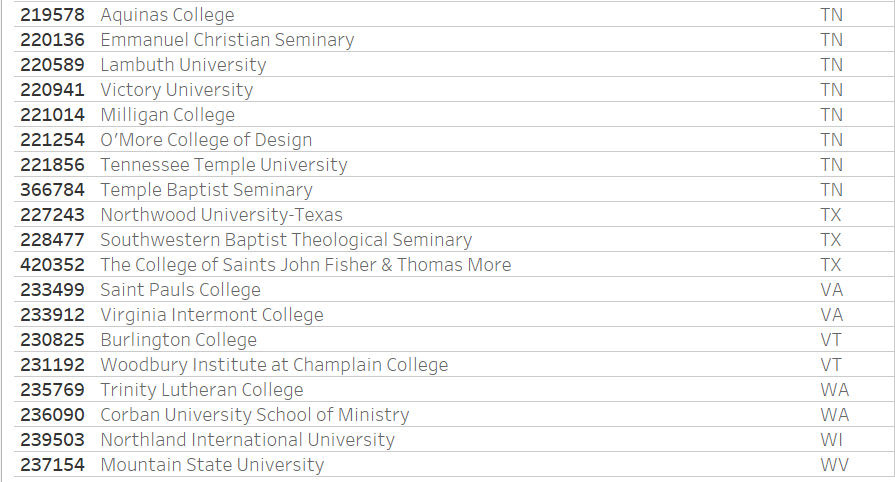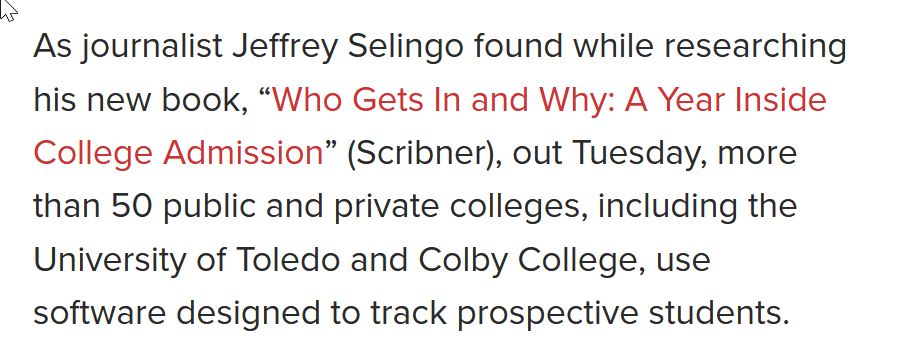
Thread: Just because I have some vacation time this week, and because I'm interested, a little bit about colleges closing.
@collhistgarden at the College History Garden has done a good job of this, but I wanted to do something else. Here's that site: collegehistorygarden.blogspot.com
@collhistgarden at the College History Garden has done a good job of this, but I wanted to do something else. Here's that site: collegehistorygarden.blogspot.com
This is of interest to me for a few reasons: First, we've had a few announcements about well-known colleges closing in the last two years (some later rescinded or modified); second, colleges always close; and third, we've been hearing pundits predict this trend for 20 years.
So, how to do this? There is no perfect way, of course. But I downloaded the data of all US institutions in 2009 and 2019 from IPEDS and did a bit of analysis. It's not perfect.
Some of these places have changed names and gotten a new ID (Jefferson Davis CC in Alabama), e.g.
Some of these places have changed names and gotten a new ID (Jefferson Davis CC in Alabama), e.g.
Others have merged into bigger institutions, it appears (Lambuth, as as example). Some were branch campuses. But I think it's safe to say that there are no colleges who closed that I could have missed, at least among colleges that have to report to IPEDS.
If public colleges or universities close, it's probably for different reasons than if a private institution shuts down. So, I looked (for now) at four-year-or-higher private institutions that were in IPEDS in 2009 but NOT in 2019.
Guess how many.
Guess how many.
Those institutions don't compose the Who's Who of famous colleges and universities; I've been working in higher ed for almost 40 years, and I did not recognized most of those names.
That doesn't make their loss any less tragic or concerning, especially for the students, alumni, faculty, staff, and towns where those places were located. It does mean that less established, smaller, and more poorly funded IHEs are probably most vulnerable.
So, the future will be interesting in light of COVID and the economy and state and federal support and demographics and the economy and politics. And to put it in context, this earlier thread I did:
If the smallest 825 institutions in the US close, it's about 3/4 of 1% of all college students affected. Not great, but counting college closings is not the best measure.
What do you think? I'd love to hear it.
Oh, and #EMTalk
• • •
Missing some Tweet in this thread? You can try to
force a refresh
